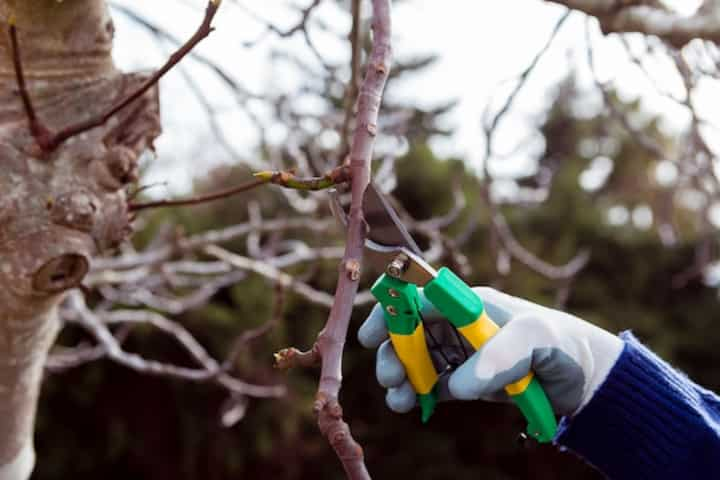
Expert Tree Health Assessment Services for Local Inspections
Maintaining the health of trees is a crucial aspect of urban and suburban landscape management. Trees provide numerous environmental benefits, such as improving air quality, offering shade, and enhancing property aesthetics. However, ensuring their health requires expert assessment services to identify potential threats, diseases, and structural weaknesses. Such evaluations are vital for sustaining tree health, preventing hazards, and maintaining the overall beauty of the environment.
Importance of Tree Health Assessment Services
Tree health assessments are essential for several reasons. These evaluations help detect early signs of disease, pest infestations, and structural issues that may lead to costly damage or even tree removal. Regular inspections can preemptively address these problems, ensuring trees remain safe and healthy.
Key Benefits of Tree Health Assessments
- Prevention of Property Damage: By identifying potential hazards such as weak branches or root instability, tree health assessments can prevent damage to property and infrastructure.
- Promotion of Tree Longevity: Early detection of diseases and pest infestations enables timely intervention, promoting the long-term health and survival of trees.
- Safety Assurance: Regular inspections help ensure that trees do not become safety hazards to people and pets by preventing sudden limb falls or tree collapses.
- Environmental Contribution: Healthy trees contribute significantly to carbon sequestration and biodiversity, enhancing the quality of urban environments.
Components of a Comprehensive Tree Health Assessment
A thorough tree health assessment involves several key components that specialists evaluate to determine the overall condition of a tree. These components include:
- Visual Inspection: Initial assessments often begin with a visual inspection to identify obvious signs of distress, such as discolored leaves, dead branches, or fungal growth.
- Soil Analysis: Evaluating the soil condition is crucial since it affects root health and nutrient availability. Soil testing can reveal issues like compaction, pH imbalance, or nutrient deficiencies.
- Pest and Disease Identification: Specialists look for indicators of pest activity or disease, such as bark damage or unusual growth patterns, to recommend appropriate treatment plans.
- Structural Assessment: Assessing the structural integrity of the tree, including trunk stability and branch strength, helps predict potential failures. This step is critical for ensuring safety.
Advanced Techniques in Tree Health Assessments
In addition to traditional methods, advanced techniques are employed to gain deeper insights into tree health. These techniques include:
Tree Risk Assessment Tools
Modern tree risk assessment tools provide detailed analysis and data collection capabilities. These tools help arborists make informed decisions about tree management and intervention strategies. Learn more in this detailed guide.
Use of Technology
- Sonic Tomography: This non-invasive technology uses sound waves to detect internal decay in trees, providing a precise picture of the tree's internal structure without causing damage.
- Resistograph Testing: This technique measures the resistance of wood to a fine drill, helping to identify decay or hollow areas within the trunk or branches.
- Drones and Aerial Inspections: Drones equipped with cameras and sensors can capture detailed images and data of tree canopies, which are particularly useful for assessing hard-to-reach areas.
These advanced techniques complement traditional assessment methods, offering a comprehensive view of tree health and stability. Explore further insights here.
Implementing Tree Health Assessment in Local Inspections
Local tree inspections should integrate both traditional and advanced assessment techniques to ensure the comprehensive health of community trees. Regular assessments are crucial for:
- Urban Planning: Integrating tree health assessments into urban planning initiatives ensures that trees are preserved and incorporated into development projects effectively.
- Community Safety: Routine inspections contribute to public safety by identifying and mitigating potential hazards before they result in accidents or property damage.
- Environmental Sustainability: Protecting and maintaining healthy trees supports local ecosystems, enhancing biodiversity and contributing to ecological balance.
For a more detailed understanding of implementing these practices, find additional information here.
In conclusion, expert tree health assessment services play a pivotal role in maintaining the ecological and structural integrity of urban and suburban landscapes. By employing both traditional and cutting-edge techniques, these assessments ensure the safety, longevity, and vitality of trees, ultimately benefiting the environment and community well-being. Read more about this topic.